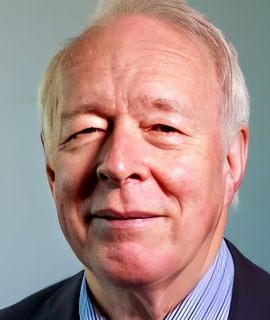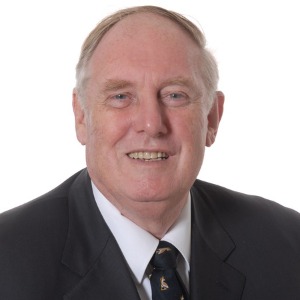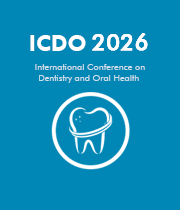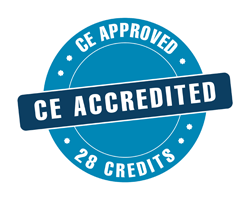Dental Surgical advancements
Dental surgery has seen major advancements in terms of technology and practice over the years. The development of minimally invasive techniques, the improved accuracy of imaging, and the implementation of anesthesia protocols have helped to reduce the amount of discomfort and the recovery time required for the patient. In addition, a wide variety of tools and equipment are available today that weren’t available even a few decades ago. One of the major advancements in terms of technology is the development of lasers. Lasers are used for a variety of treatments, from surgeries to other procedures, such as teeth whitening. Laser technology makes it possible to remove less surrounding tissue while still achieving a precise result. Lasers also produce less heat and noise, so the patient may experience a more comfortable experience. Additionally, lasers can be used for treating gum and soft tissue diseases, such as periodontal disease and gingivitis. The improved accuracy of imaging has also made dental surgery more efficient and predictable. Digital radiographs are now used instead of traditional film radiographs in order to produce a clearer image with less radiation exposure. The improved clarity of the image makes it easier to accurately diagnose and plan treatment. The 3D Cone Beam Computed Tomography (CBCT) is a specialized type of radiography used in dentistry to create very precise 3D images that detail the shape, size, and exact position of anatomical structures. CBCT images provide detailed information and can be used for surgical planning. Anesthesia protocols have also seen a major advancement in dentistry. This allows for more comfort and relaxation for the patient during the procedure. Local numbing agents and intravenous sedation are commonly used in order to reduce the sensation of pain and relax the patient. Inhalation sedation is also available, but is used less often due to the potential risk of complications. Overall, the advancements in dental surgery technology have allowed for less intrusive and more precise treatments while maintaining a higher safety profile for the patient. The variety of tools and equipment available make it possible for the dentist to achieve better results with shorter recovery times. Improved imaging accuracy also allows for more precise diagnoses and surgical planning. In addition, anesthesia protocols provide more comfort and relaxation for the patient during the procedure. With these advancements, the dental surgeon is better equipped than ever to deliver the best treatments and results to their patients.

David Geoffrey Gillam
Queen Mary University of London, United Kingdom
Christopher Turner
Spacemark Dental, United Kingdom




Title : Evaluating hygienist follow up for head and neck oncology patients in secondary care: Results from a two cycle audit
Peter Basta, Newcastle Dental Hospital, United Kingdom
Title : Atypical facial pain unravelled
Christopher Turner, Spacemark Dental, United Kingdom
Title : New treatment of temporomandibular disorder through muscle balance and muscle regeneration by activation of quiescent muscle stem cells( satellite cells) with mitochondrial dynamics
Ki Ji Lee, National Reserach Foundation & Busan Medical University, Korea, Republic of
Title : Cutaneous, Cranial, skeletal and dental defects in patients with Goltz syndrome
Ali Al Kaissi, National Ilizarov Medical Research Center for Traumatology and Orthopaedics, Russian Federation
Title : The nature and management of dental erosion in patients with bulimia nervosa
Maya Fahy, The Royal Victoria, School of Dentistry, United Kingdom
Title : A systematic review on the early detection of oral cancer using artificial intelligence and electronic tongue technology
Maryam, Kardan Dental Clinic, Iran (Islamic Republic of)